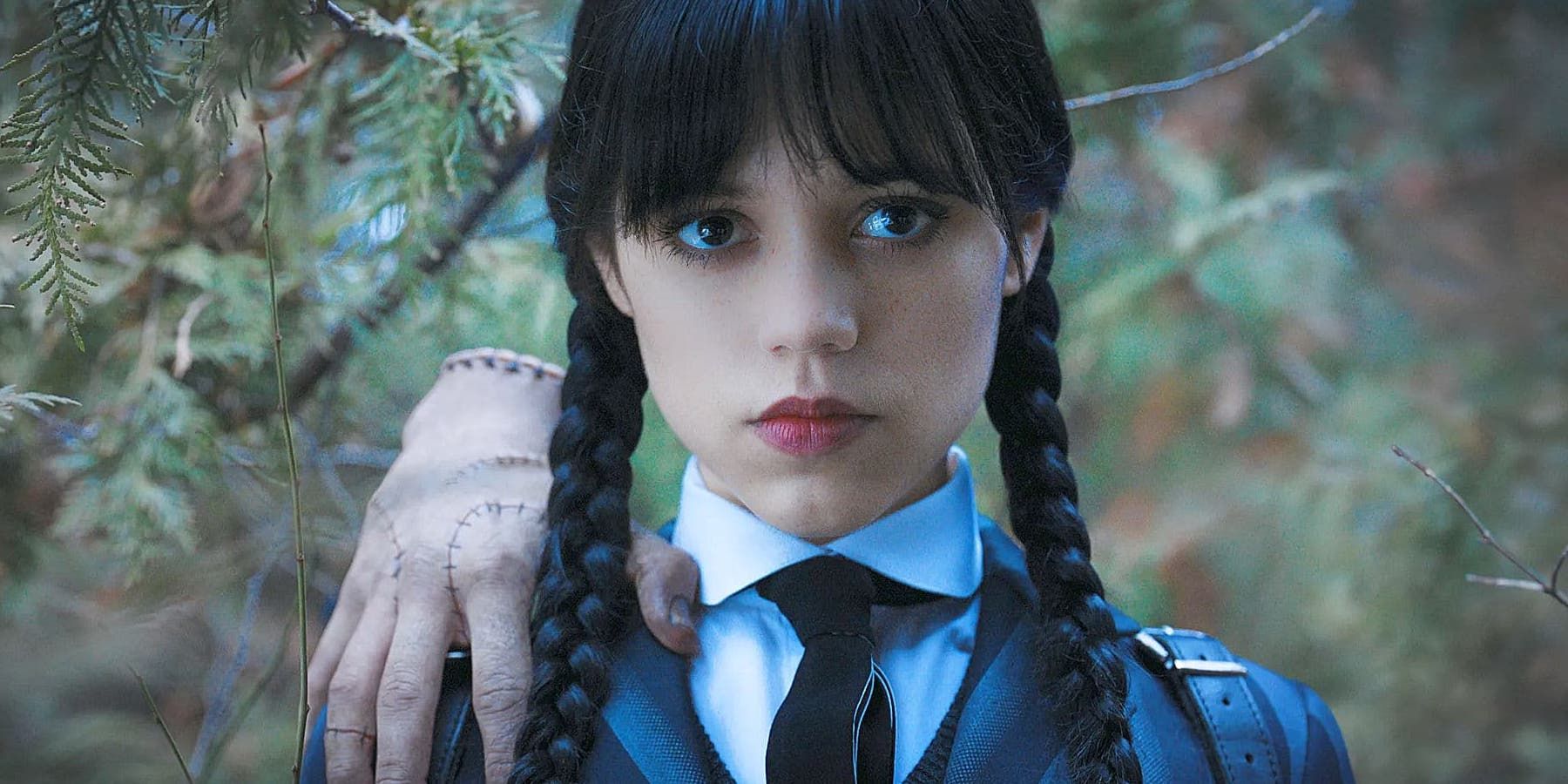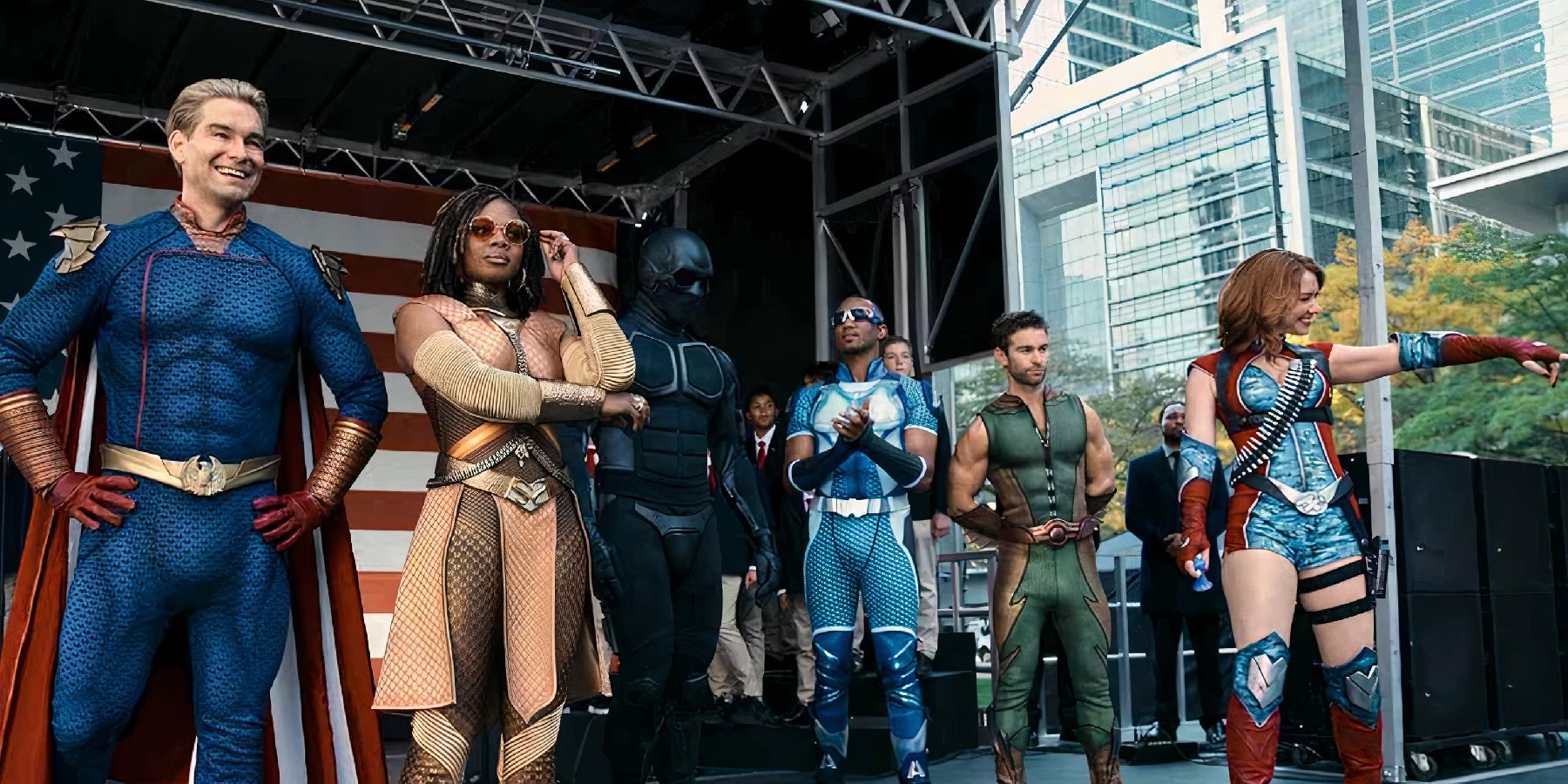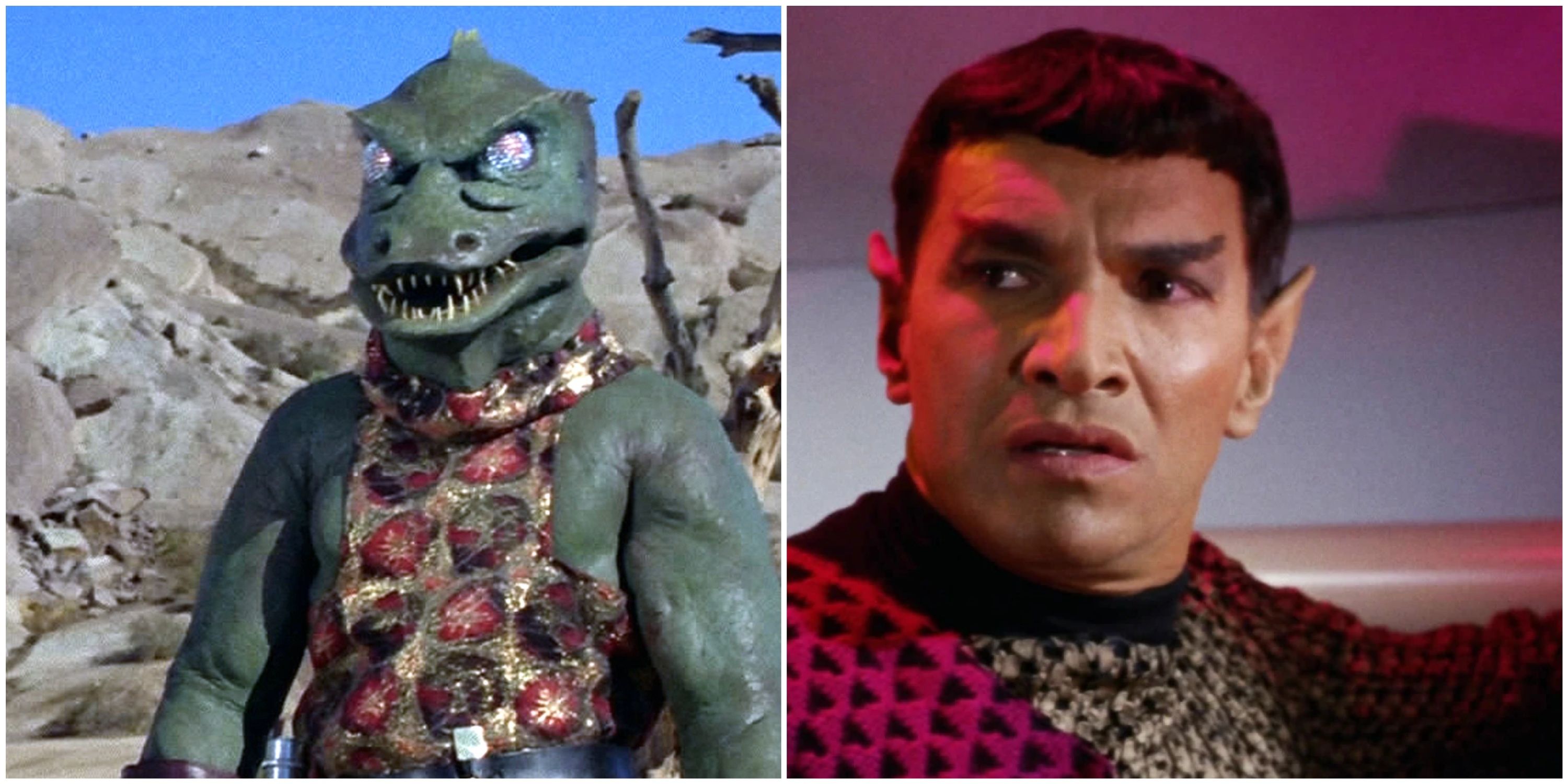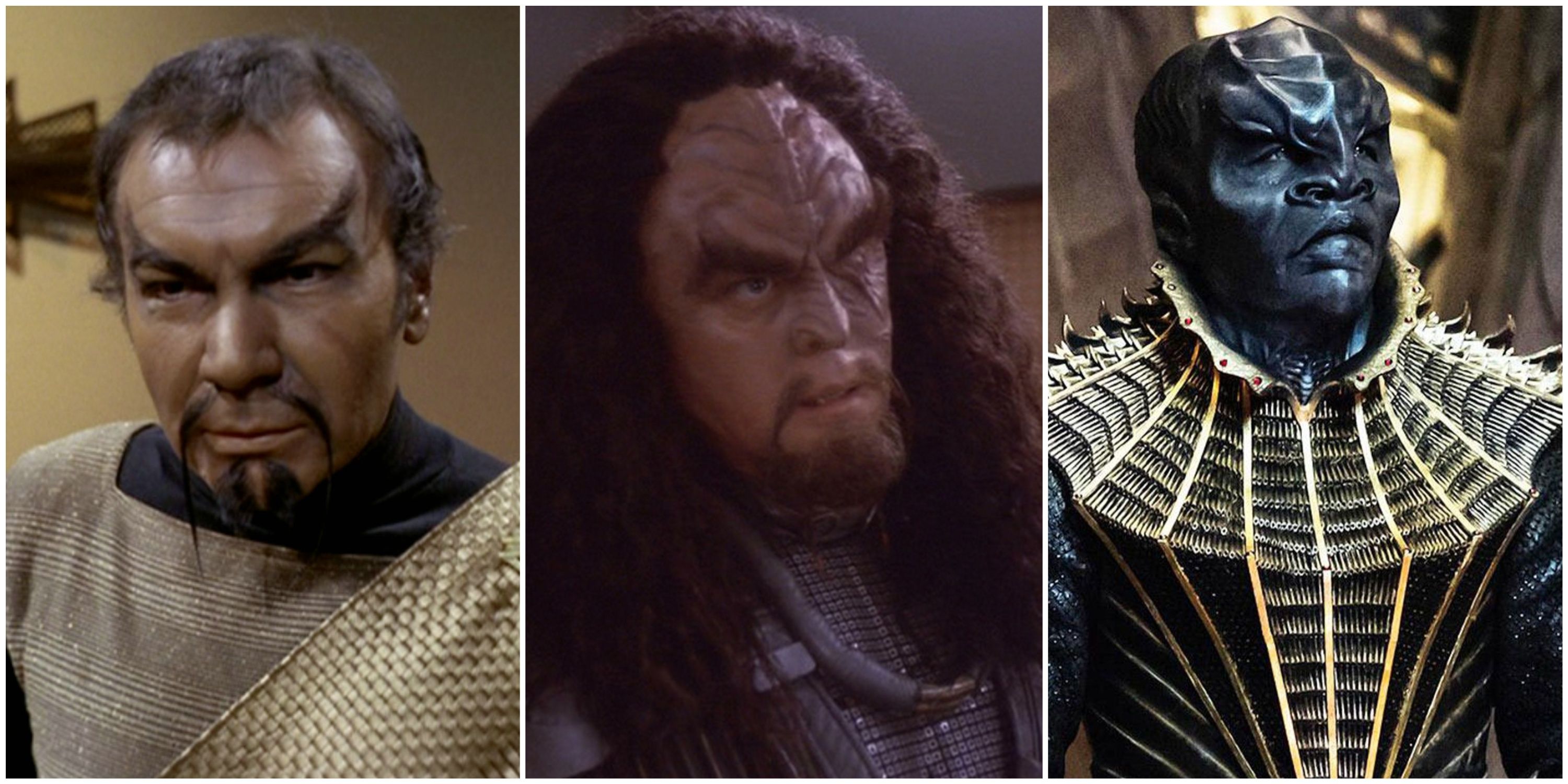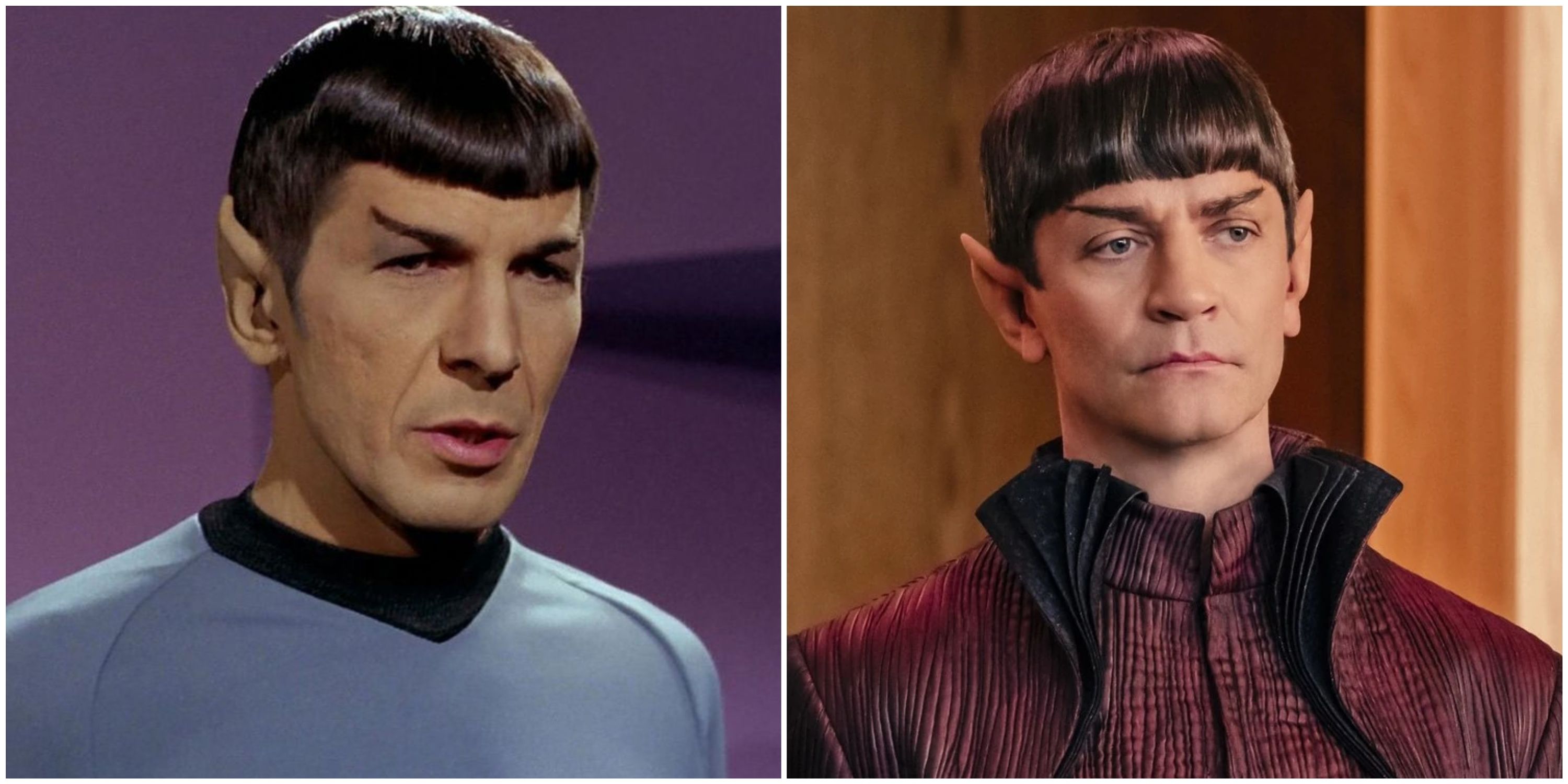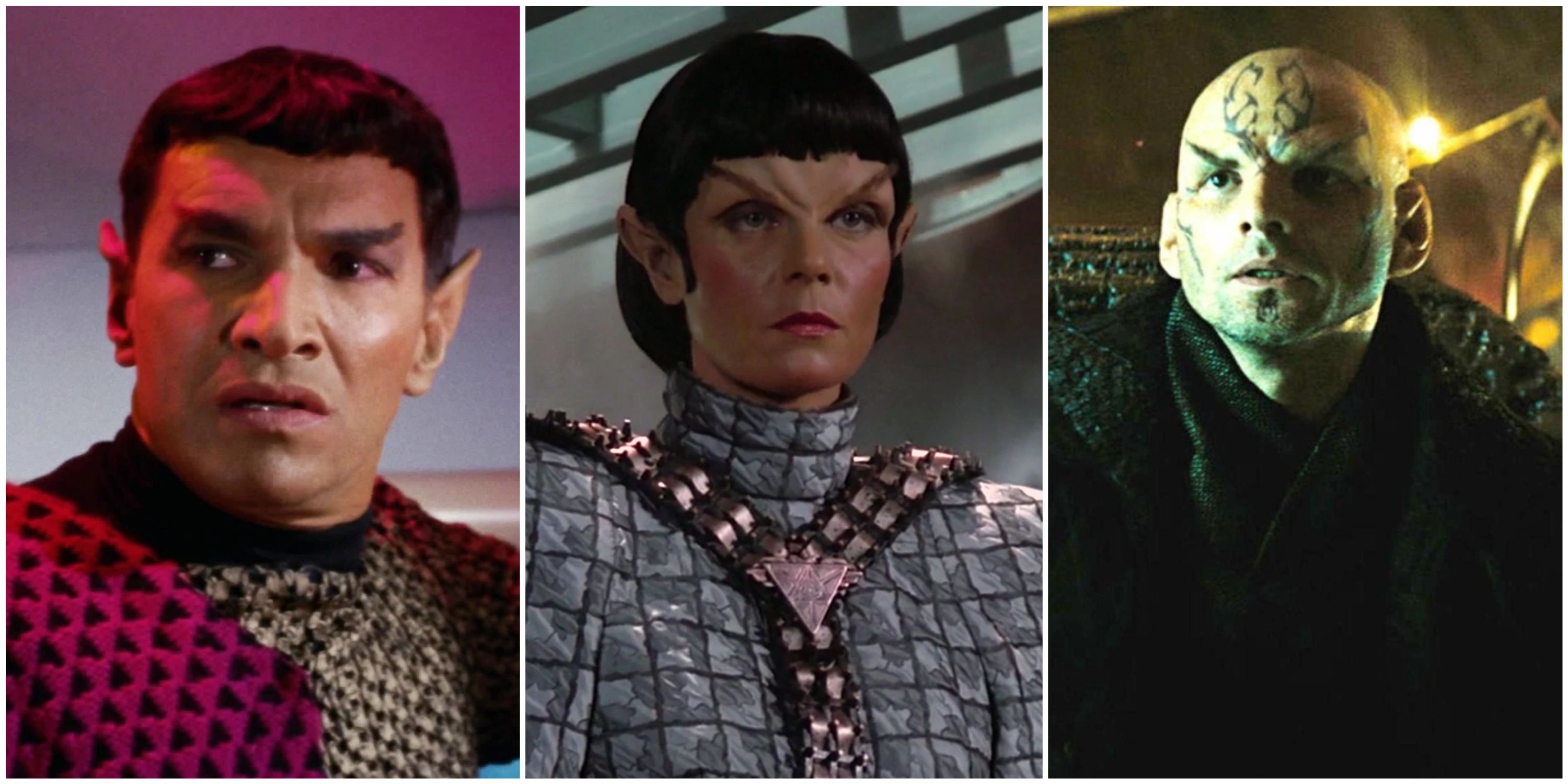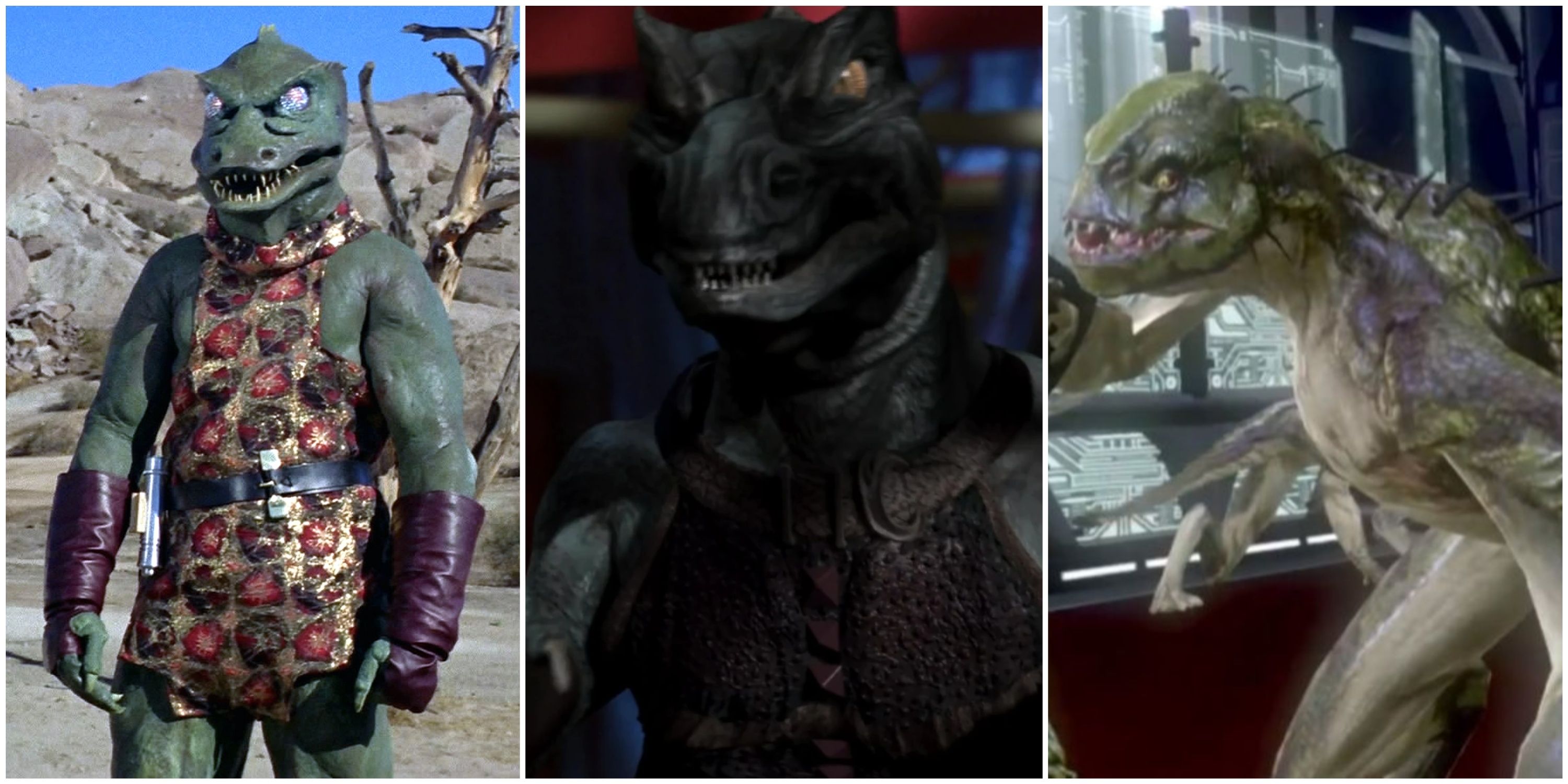Star Trek boasts a veritable menagerie of exotic aliens. While many came from later entries like The Next Generation and Deep Space Nine, some have been around since the original 1966 series. Six decades of franchise history can bring a lot of changes, though.
Those changes lie both above and below the surface. There have been some physical adjustments. After all, the original Star Trek show had a shoestring budget, so the creators would obviously want to improve the effects as they accrued more resources. More impactful, however, is how the cultural beliefs have shifted. Whether through organic storytelling or writer laziness, these aliens have seen their worldviews evolve drastically. As in real life, it's truly fascinating to see how these life forms progress.
4 Klingons
The most apparent changes come from the Klingons. They started as merciless warriors who frequently clashed with Captain Kirk and the rest of the Federation. They're an imperialistic faction, complete with Fu Manchu mustaches. Combined with the bushy eyebrows and gold skin, though, these made them look more like mean humans than real aliens.
Star Trek: The Motion Picture fixed that with the Klingons' radical redesign. They now had longer hair, both on their faces and heads. This complemented the pronounced cranium to make more defined figures overall. The same goes for their culture.
As fans saw in subsequent shows like The Next Generation, the Klingons had the same warrior mindset. However, they also believed in the honor and glory of battle, and they gladly shared that glory with those who aided them. That fueled their eventual peace with the Federation. Unfortunately, their pride made them susceptible to another major change.
The Klingons saw another redesign in the JJ Abrams Star Trek films. These movies take away any and all hair and make their features more monstrous (and less expressive). They're essentially evil creatures for the heroes to fight.
Star Trek: Discovery doubled down on that. To criticize the current political landscape, the creators made the Klingons obsessed with racial purity. They didn't want the Federation or any other outsiders diluting their bloodlines. This robbed them of any dimension they once had.
That's probably why Star Trek: Strange New Worlds backpedaled on this aspect. Here, the Klingons were less rigid in their xenophobic beliefs and even regained the flowing locks of their former selves. Given all their growing pains, though, it's only a matter of time before they transform once again.
3 Vulcans
These guys are quaint as far as alien designs go. They look human except for a few key features. Namely, they have bowl cuts, angular eyebrows, and pointed ears. Despite these humble attachments, the Vulcans have become iconic and emblematic of the whole franchise.
That may be why they've stayed relatively consistent throughout the series' lifespan. That goes for both their looks and views. The Vulcans have an emotional past, but they've since buried it under an analytical mind. This means they could be rude with their observations yet inherently peaceful. After all, it's illogical to seek out conflict, as it leads to destruction on both sides.
Once again, Discovery made a bizarre change in this regard. Here, Spock's father asserted that Vulcans recommend a decisive first strike in heated situations. This defeats the purpose of a peaceful existence, as it invites retaliation from both the target party and any friendly factions. Ironically, the Vulcans' signature Nerve Pinch was their way of avoiding barbaric battles. Now, they actively seek out said battles.
2 Romulans
The Romulans were as antagonistic as the Klingons, albeit more elusive. The original series framed them as an ancient foe of the Federation. The border was clear, but they made several secret attempts to expand their territory. However, they did so with malicious schemes instead of direct assault. This fits with their distant relatives.
In the original series, the Romulans looked just like the Vulcans due to sharing common ancestry. This worked for the messages about bigotry and not judging a book by its cover, but it would make future appearances confusing.
That might be why the Romulans underwent subtle adjustments. In subsequent shows, their skin took on a yellow tint. This progressed further in the JJ Abrams reboot, where they became greener and lost their hair--stereotypical as far as aliens go. Thus, Star Trek:Picard dialed them back to their aesthetic roots. Now, they're indistinguishable from Vulcans, at least in appearance. They still harbored underhanded intentions. The only exception was their methodology. In Picard and the aforementioned movie, the Romulans' logical side gave way to single-minded vengeance. That may have been down to the writing, though.
1 Gorn
These reptilian adversaries are notorious among the Star Trek fandom, but that notoriety comes from camp value. The Gorn are a race of bipedal lizards. Kirk famously fought one in single combat, but it was just a standard freak of the week. That showed in its lack of personality and simplistic design. The scaly foe had stocky proportions, a standard reptilian head, and a toga. Its movements were slow and cumbersome, and its blank expression never changed. All of this stemmed from a cheap costume. Thankfully, that wasn't a problem in later entries.
The Gorn's following appearances were few yet infinitely more convincing. Star Trek: Enterprise took the crew to the Mirror Universe, where they encountered a familiar lizard. It had the same humanoid shape, but it was more expressive due to the CGI and more threatening as a result.
In a rare moment of inspiration, the 2013 Star Trek game took that to a new level. Expanding on the aforementioned Abrams flicks, this tie-in title reimagined the Gorn as bloodthirsty predators akin to Velociraptors from Jurassic Park. They're still bipedal but with more birdlike bodies covered in grotesque detail. True, it somewhat diminished the idea that these are intelligent life forms, but they never had much depth to begin with.

